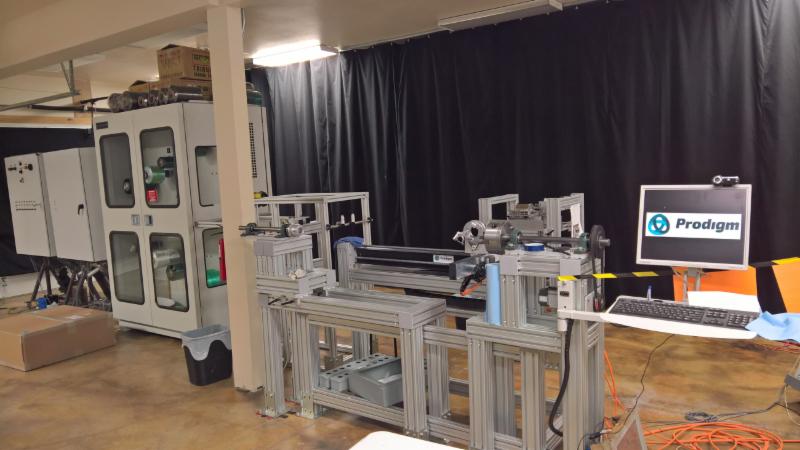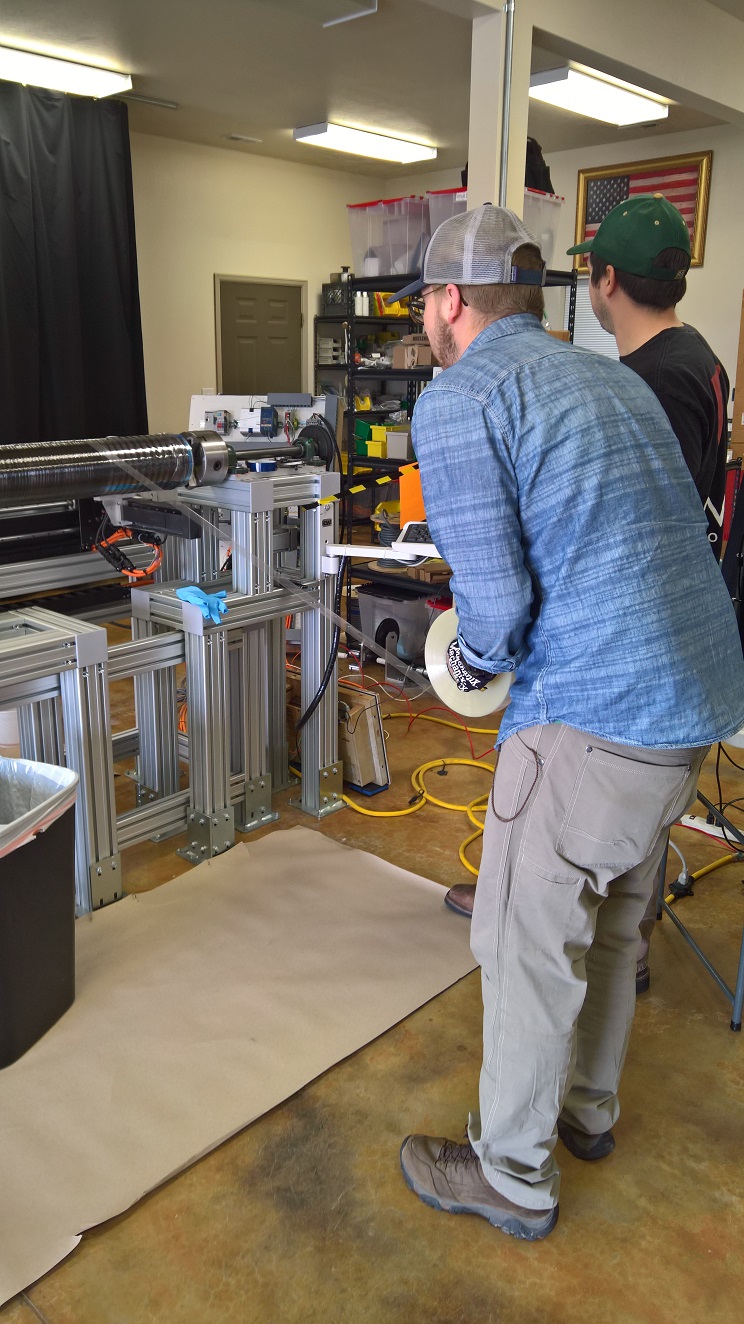

A team from the Colorado State University (CSU) has developed a composite rocket for the 2019 Intercollegiate Rocket Competition (IREC) competition.
With a payload size of 8.8 lbs and target altitudes of either 10,000 or 30,000 feet above ground level, competing rockets are typically 4 to 8 inches in diameter and 8 to 20 ft long. Multistage rockets and all chemical propulsion types (solid, liquid, and hybrid) are allowed.
As a part of improving the rocket design, the student team replaced the current glass fiber fuselage with one made using filament winding and carbon fiber. The team wound the rocket fuselage using LCWR-1.2 (a two-component epoxy winding resin) donated by Lattice Composites, and carbon fibers donated by Composites One.
Jeff Bassler, Prodigm’s president, had engaged one of the team members for one of his company’s projects. During their discussions a team member mentioned their challenge of finding an option to replace the current fiberglass fuselage. He explained the advantages of a filament winding for their fuselage application. Prodigm also offered the CSU rocket students his lab facilities, connections for composite materials and industry knowledge. The CSU team quickly agreed to take Prodigm up on the offer.
Working in the Prodigm lab, CSU team members were educated on the filament winding process and the nuances of composite resins and fibers. Prodigm designed an intensely hands-on-lab experience so students would explore small-scale filament-winding technology that would inspire the production of larger rockets or lightweight composite parts in future aerospace roles. According to Composites One, filament winding is a suitable manufacturing process for the CSU rocket because it places fibers around the circumference of the tube to produce parts with high strength. Filament winding also provides the capability to use very long continuous fibers to add additional strength and reduce overall lower cost when compared to prepreg composite options.
This story uses material from Composites One, with editorial changes made by Materials Today. The views expressed in this article do not necessarily represent those of Elsevier.





